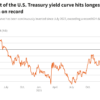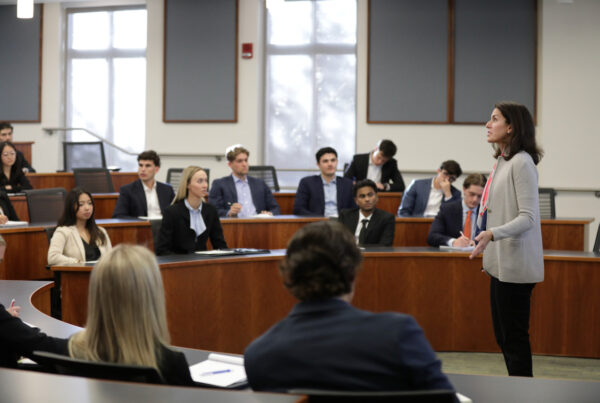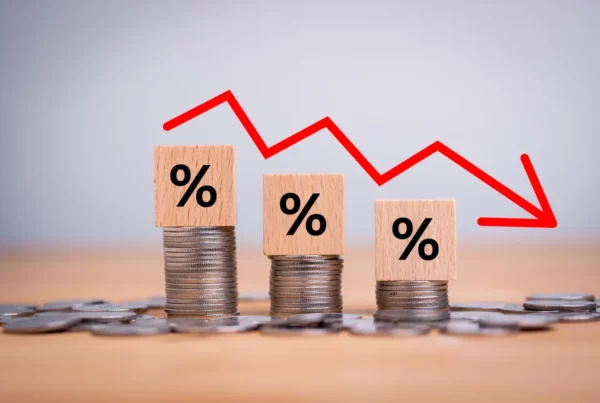David A. Wein, M.D. is the Chief of Emergency Medicine at Tampa General Hospital, System Medical Director for TeamHealth, and an Associate Professor at USF Morsani College of Medicine.
August 18, 2020
Rachel Elias Wein: Today we’re going to focus on what is the topic of the day for parents: ‘Should I send my kids to school?’ What’s your view of some of the key considerations around this question? Certainly, people are reading this from various geographic locations, and geography is a good starting place for discussion.
Dr. David A. Wein: Absolutely. Where you actually live is what I think of as the first of three buckets of considerations that you need to keep in mind.
REW: OK, let’s talk about those broadly and then we can drill down.
DAW: With respect to geography, that’s really about looking carefully at what’s happening in your locality in terms of the community spread of the virus. Is it increasing or decreasing?
The next consideration is the school that you would be sending your child to attend. What are the rules, policies and procedures they have put in place?
Lastly, what are the dynamics within your own family? From the standpoint of health conditions or other circumstances, is there anything in your home that may put you or your family—or your other contacts—at higher or lower risk? Related to that, do your children do well with virtual learning?
REW: Let’s take No. 1. What are the datapoints that indicate to you that a particular community may be better-suited to reopening its schools?
DAW: The first thing to say is that there are no easy answers or hard-and-fast rules here. We’re talking about a level of pandemic that we haven’t seen in 100 years. This is still a novel virus. Each family will have to weigh the facts and come to an individual decision.
But I look to datapoints such as the number of recent cases per 100,000 people. Ideally, there would be less than 5 new cases per day, per 100,000 over the last 7 to14 days. Higher numbers mean there is more spread, and therefore a higher chance for transmission.
Again, that is not an absolute rule. It’s a potentially helpful guideline, along with the other considerations we will discuss
REW: Got it. What about the percentage-rate of people who are testing positive in your community?
DAW: Yes, percent positive is another telling metric. For new daily Covid-19 tests, you want to see under 5 percent positive or hovering very close to it, if it is significantly higher than 5 percent, there is probably not enough testing being done locally to diagnose new cases. Again, look carefully at the trajectory over 1-2 weeks.
REW: Where can you go to find the stats?
DAW: There are lots of websites. The CDC’s covid tracker page is one example. Another is Johns Hopkins’ coronavirus.jhu.edu. And of course, you can look at the numbers published by your local health department. In some cases, you may have to do the math yourself. Remember, though, that you should never just pick one day and use that as a barometer. Look at the daily rates using a rolling, 7-day average.
REW: You’re advising multiple schools on Covid-19 safety. Parents are trying to determine whether their local schools are doing enough. Just speaking frankly, what needs to be in place, in your view?
DAW: With respect to this virus, black-and-white advice is hard to come by, but here’s something I can say unequivocally: If there’s no universal masking in the school, it is not safe. Without universal masking, I would feel uncomfortable sending my children into that school.
REW: We have already seen outbreaks in Georgia schools where masking is optional.
DAW: At Tampa General, we have enforced universal masking since March, and we have seen very little spread of Covid-19 within the hospital. In fact, it has even been rare for infected patients—you’re talking about people with very high viral loads—to spread the disease to nurses and doctors. Now obviously, those healthcare workers are wearing more personal protective equipment, and Tampa General has hand-sanitization and various cleaning protocols in place, along with extensive training. Still, I believe universal masking is a core reason for that positive track record.
We have seen a few employees diagnosed with Covid-19, but almost all of those cases have been traced back to situations outside of work where people were unmasked. As I talk to other physicians around the country—doctors whose hospitals are following universal masking—I’m hearing the same basic message again and again: Masks really do reduce the spread of the disease.
REW: So even if the school takes steps around the edges—spacing out desks, having kids not change classes as much, adjusting locker policies—without universal masking, you can’t count on those measures being effective.
DAW: Correct. Those things are just additive. Mask-wearing has to be universal, and we’re not just talking about anecdotal evidence. There’s plenty of empirical evidence showing that if you wear a good mask—not a neck gaiter or a buff—over the nose and mouth, it reduces the spray of droplets. End of story.
REW: A century ago during the Spanish Flu epidemic, people taught outside. What do you think about that? It certainly gives the children an opportunity to have a mask break.
DAW: Absolutely. Outside and socially distanced is definitely a good option. Outside with a mask is even safer. However, children are probably going to need some time for a mask break. I need one after wearing a mask for eight or 12 hours. If a school can take maximum advantage of outside time, it’s a great solution.
REW: OK, before we talk about the decision we have made as a family, let’s cover the last of the three considerations.
DAW: It’s important to talk with your doctor about any medical conditions that could put you, your child or any member of your household at greater risk of developing a severe form of the disease.
REW: That’s conditions like obesity, diabetes, asthma, COPD or being immunocompromised?
DAW: Right. Think carefully about how your family—or for that matter, any of your frequent in-person contacts—could be affected should the virus sweep through your household.
One caveat: Even if you’re in perfect health and are relatively young, you can never be 100 percent sure that you’ll get a mild form of the disease. Around the country, there are plenty of young, formerly healthy people in Covid-19 ICUs. It’s part of why these decisions are so difficult.
REW: And then, for the children, there are the educational, psychological and emotional considerations to keep in mind as well, right? We know of children and families that excelled with virtual learning during the lockdown. Others, like our own kids, really struggled.
DAW: Right. Let’s say you’re in a district where you can choose whether to send your child to school or do virtual learning. If the safety criteria that we have talked about are all being met and your child really struggles with virtual learning, you may feel comfortable with an in-person approach. But just remember that even if the school and community are doing everything right your child may still have to come home for 14-day quarantines, should someone at the school test positive.
REW: And that gets to our family’s decision: We have decided on in-person learning. We’re very fortunate in that we live in a community with a distinct, downward trend in cases, with positivity rates that are below 5 percent. We made a school choice so that we could be sure universal-masking and other mitigation efforts would be in place in the building. And lastly, we have younger children—ages five, six and 11—who did not thrive with online learning.
DAW: It’s hard to be a kindergartener learning to read on Zoom. Developmentally, different ages are better suited for online learning. In fact, some communities are opening elementary schools, but not middle or high schools.
REW: If our sixth grader were to end up doing Zoom classes, it’s one thing. It would be very challenging for our kindergartner and first grader to continue this year the way they ended last year.
DAW: Yes.
REW: Thanks again for taking the time to address this difficult question. I hope this discussion has been helpful to parents, grandparents or other caregivers who are trying to make this decision based on science and the facts.
DAW: That’s the best that any of us can do.








